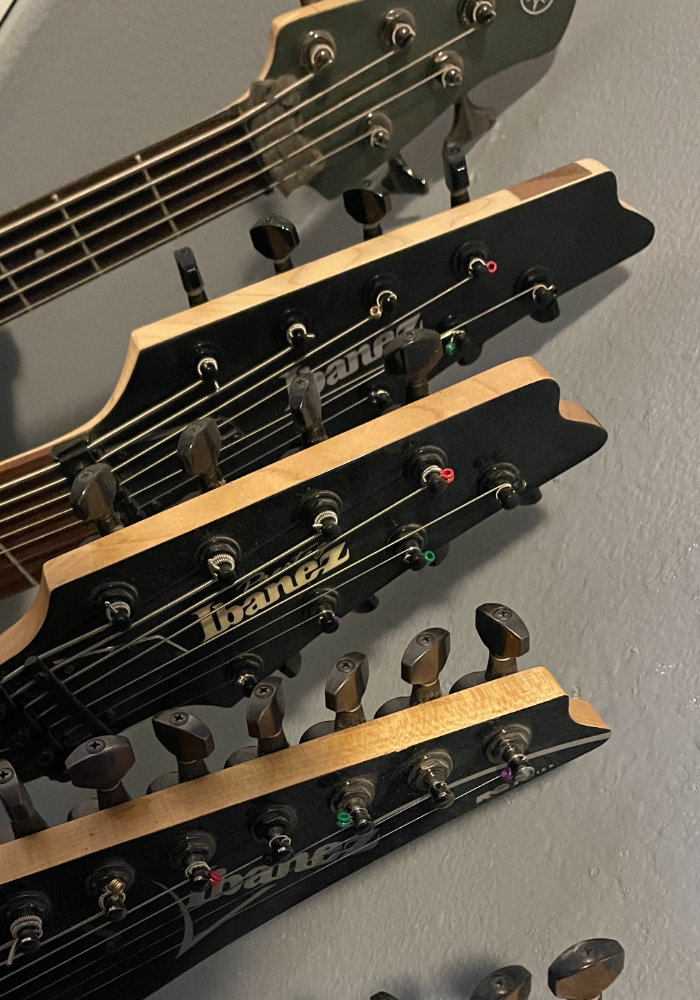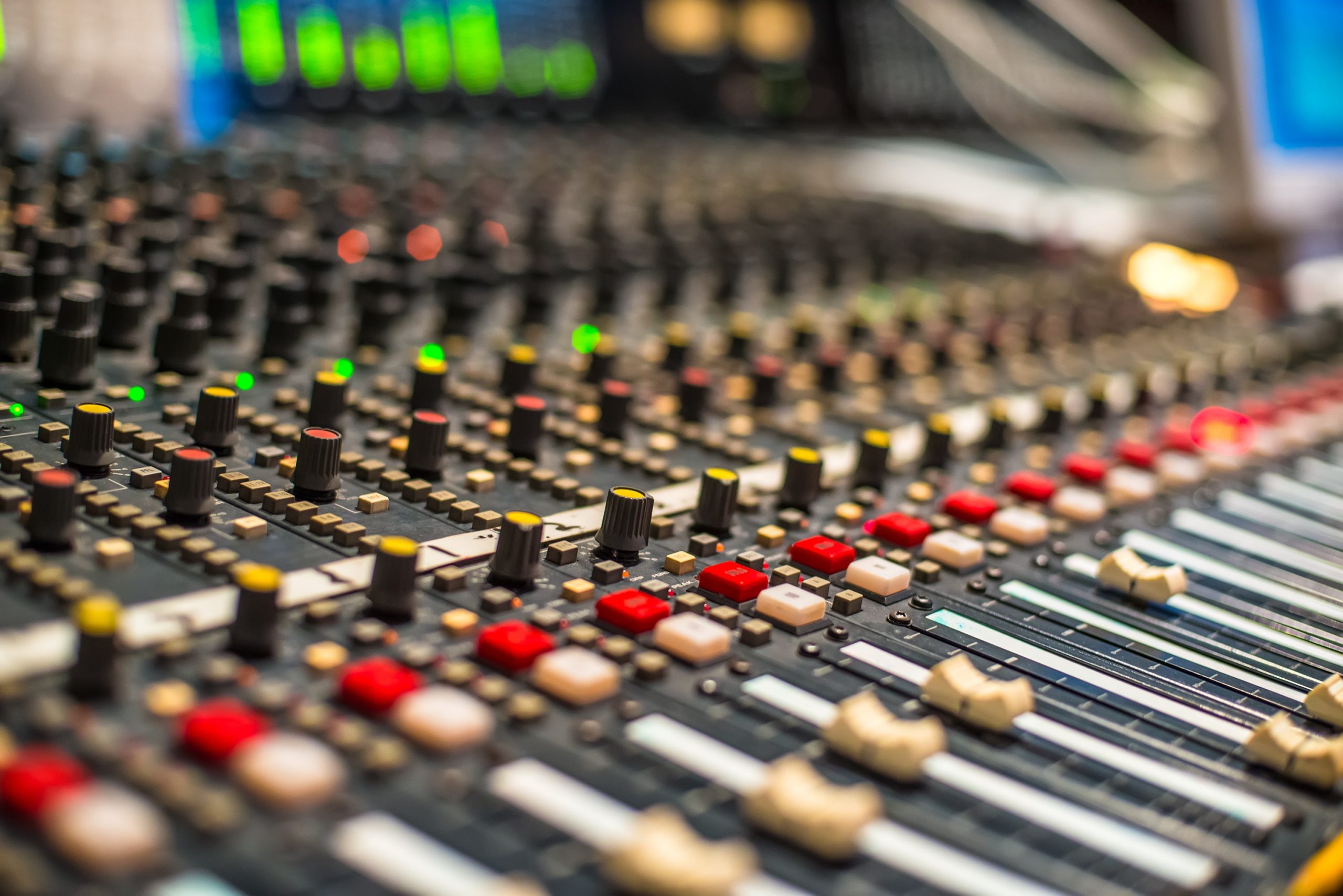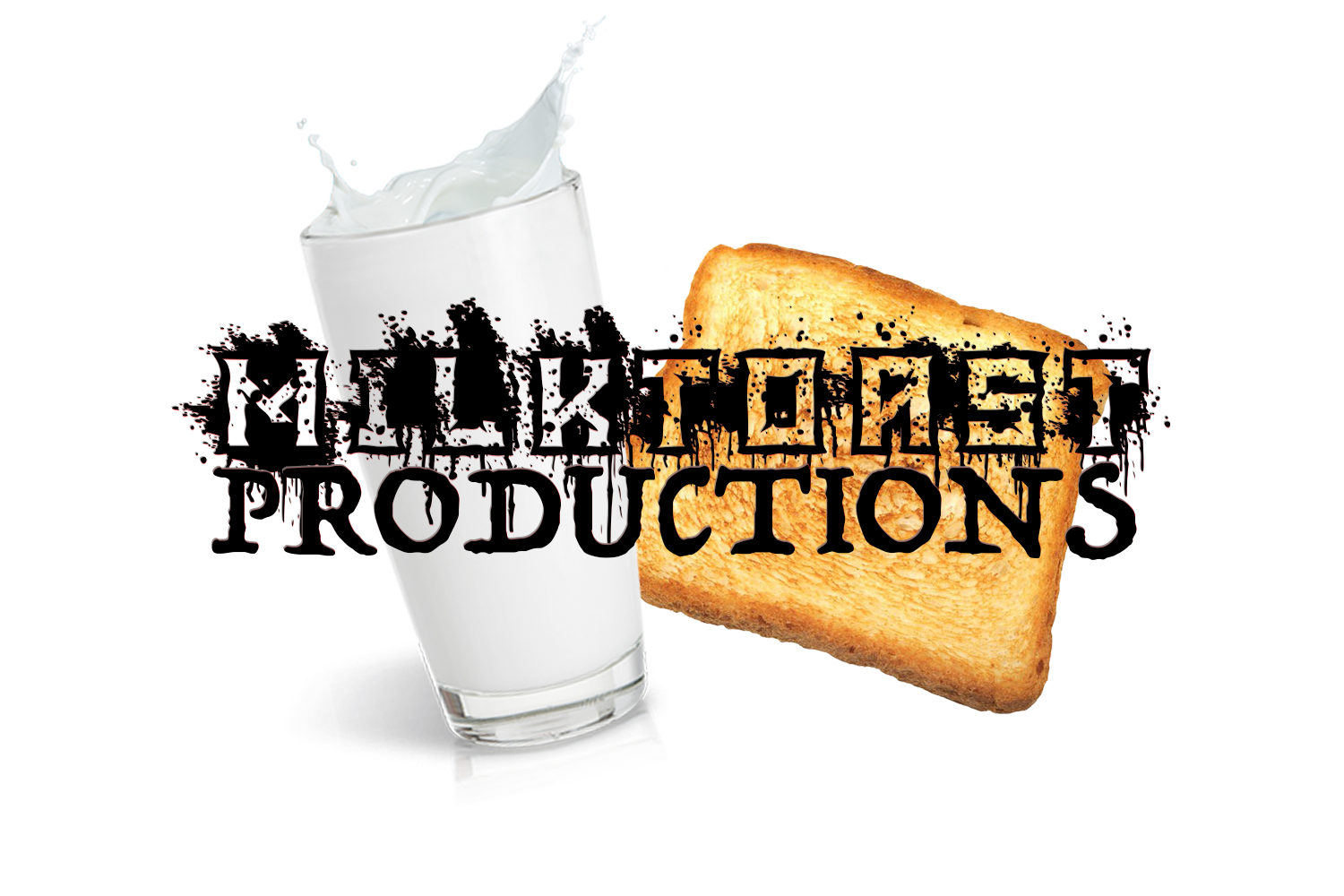How To Tune Lower
I get asked all the time, how do I tune my guitar lower. Well, there are numerous ways to achieve lower tunings, but the most effective way is to increase your scale length. This is easier said than done as in most cases, the guitars scale length is static and can’t be changed. So what do I do?
Well, the first thing you can do is increase your string gauge. Most standard sets of guitar strings range from .046 to .010, give or take. So you could go up in size. On a guitar like a Gibson, which is 24.75,” I’d say you’re probably safe going to an A, but you’ll need to compensate by upping your string gauge.
Most guitars are 25.5,” at least the popular ones. So I’d say you are safe to go to at least G or even F, with the appropriate strings. On my 25.5” Ibanez RG7620 I am tuned to G standard and I am using .070 gauge. Granted this is a 7 string but it is a standard size guitar.
The next thing you can do, if capable, is buy a replacement baritone neck. You can find these at Warmoth, and from my experience; the Fender styled products are almost interchangeable.
You can also invest in a pitch pedal like the Digitech Drop Tune, though I have never personally used this method.
But alas, you know why you’re here… you need to read it for validation. It’s true… the easiest way to tune lower is to buy a guitar built for that purpose. There are several guitar companies that offer baritones and other types of extended range guitars. With a simple Google search you’ll find that companies like Ibanez, ESP, Schecter, and even Gretsch, offer baritones and extended range guitars.
I can speak from experience when I recommend tuning to G on a 25.5” scale length guitar. I also have an Ibanez M80M, which is a 29.4” scale length, that I tune to D-A-D-G-C-F-A-D and I am using a .074 gauge 8 string set. My other 8 string is an Ibanez RG2228, which is a 27” scale length that uses the same .074 string set. This guitar is tuned to E-B-E-A-D-G-B-E. I also have an Ibanez RG7620, 25.5 inch scale, which is tuned to Ab. This tuning uses a standard .070-.010 set. Finally, I have two 30” Agile Interceptors. One is using a light 6 string bass set, .096-.026w, and is tuned to C-G-C-F-A-D, an octave lower. To support this tuning, the nut had to be filed to accommodate the strings and the tuning pegs were swapped to Tone Ninja locking baritone tuners. The other Agile is tuned to F, I uses a .070-.013 set.
Extended range and baritone guitars have become increasingly popular in recent years thanks to their unique tonal characteristics and versatility. These instruments offer a wider range of notes and a heavier, more powerful sound, making them an excellent choice for musicians looking to explore new genres or push the boundaries of traditional guitar playing. Whether you’re a metalhead looking for crushing low-end or a jazz guitarist searching for new harmonic possibilities, an extended range or baritone guitar could be just what you need to take your playing to the next level. With the growing popularity of these instruments, there are now more options than ever before, so don’t be afraid to try out a few different models and find the one that suits your playing style and musical goals best.




